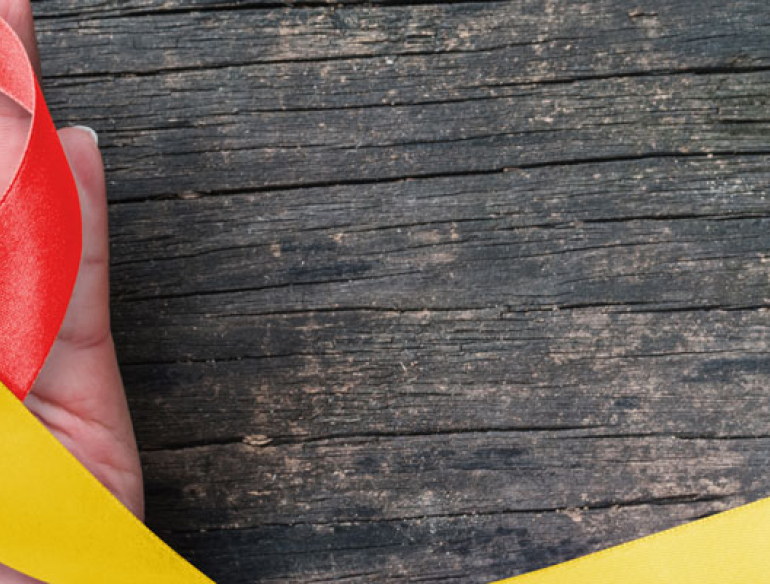(SYDNEY, Thursday 25 July 2019) Hepatitis C has declined by a staggering 60% among people who inject drugs since new hepatitis C cures were made available through the Pharmaceutical Benefits Scheme (PBS) in 2016, according to a new report released today by the Kirby Institute at UNSW Sydney.
The report, published in the lead-up to World Hepatitis Day this Sunday, analyses data from people who inject drugs attending Australia’s Needle Syringe Programs (NSP). Among this population, the proportion of people living with hepatitis C in 2018 was one in five, down from one in two in 2015 before the treatments were made available.
Researchers from the Kirby Institute believe that these unprecedented reductions are due to high uptake of new hepatitis C treatments and are an early indicator for reductions in transmission of hepatitis C Australia-wide.
“People who inject drugs are the major population at risk of hepatitis C in Australia, and thanks to forward-thinking and inclusive leadership from the Federal Government, people are able to access the cures at a low cost through the PBS,” said Dr Jenny Iversen, lead author of the report. “Since these new treatments were added to the PBS, our report shows the number of people attending NSPs ever treated for hepatitis C has increased from 11% to 55%.”
As part of this report, researchers have also monitored the impact of the new treatments on prevalence of hepatitis C. “Our results show that there are significantly less people living with hepatitis C, but also, that the risk of transmitting hepatitis C has more than halved since the introduction of the new treatments,” said Dr Iversen.
Australia was one of the first countries in the world to offer hepatitis C treatments at a low cost to all people living with the illness. Professor Greg Dore, head of the Kirby Institute’s Viral Hepatitis Clinical Research Program said that it’s this approach that could make Australia the first country in the world to eliminate hepatitis C.
“Many countries are looking to Australia as the ideal setting to achieve hepatitis C elimination,” he said. “The focus on providing access to all, with more than 70,000 people now cured, together with specific initiatives for marginalised populations, means that people who inject drugs are equal recipients of these amazing advances.”
Melanie Walker, CEO of the Australian Injecting and Illicit Drug Users League (AIVL), said that these results demonstrate the vital importance of the Kirby Institute’s internationally recognised Australian Needle and Syringe Program Survey in monitoring progress towards elimination of hepatitis C, and called for the programs to be extended to include custodial settings.
“The new treatments are clearly already having a big impact, but the focus on priority populations and prevention, particularly for those in custodial settings, must now be enhanced if we are to achieve the elimination of hepatitis C in Australia,” she said.
Contact
Lucienne Bamford, Kirby Institute Media and Communications Manager
Phone
0432 894 029
